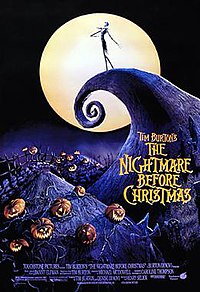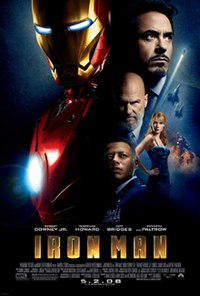Lists
















59 Shows, 1 Movie
Shows I Love
Sort by:
Recent Desc
More lists by Samantha Pareti


New shows to Watch
List includes: The Office, Firefly, Psych
November 2020
1
@samanthapareti


Shows to Finish
List includes: Supernatural, Doctor Who, Avatar: The Last Airbender
August 2020
0
@samanthapareti



Anime
List includes: castle in the sky, Spirited Away, Toradora!
August 2020
0
@samanthapareti



Books to Read
List includes: The Perks of Being a Wallflower, Animal Farm, Sense and Sensibility
August 2020
0
@samanthapareti



Movies to Watch
List includes: Transformers: Revenge of the Fallen, The Fast and the Furious, The Chronicles of Narnia: The Lion, the Witch and the Wardrobe
June 2020
0
@samanthapareti



Babysitting Ideas
List includes: Alice in Wonderland, Shrek, The Nightmare Before Christmas
June 2020
1
@samanthapareti



Disney Movies
List includes: Alice in Wonderland, Shrek, The Nightmare Before Christmas
May 2020
0
@samanthapareti



Marvel Movies
List includes: Spider-Man, X-Men, Iron Man
May 2020
0
@samanthapareti



Movies I Love
List includes: Harry Potter and the Prisoner of Azkaban, Harry Potter and the Goblet of Fire, Harry Potter and the Order of the Phoenix
May 2020
0
@samanthapareti